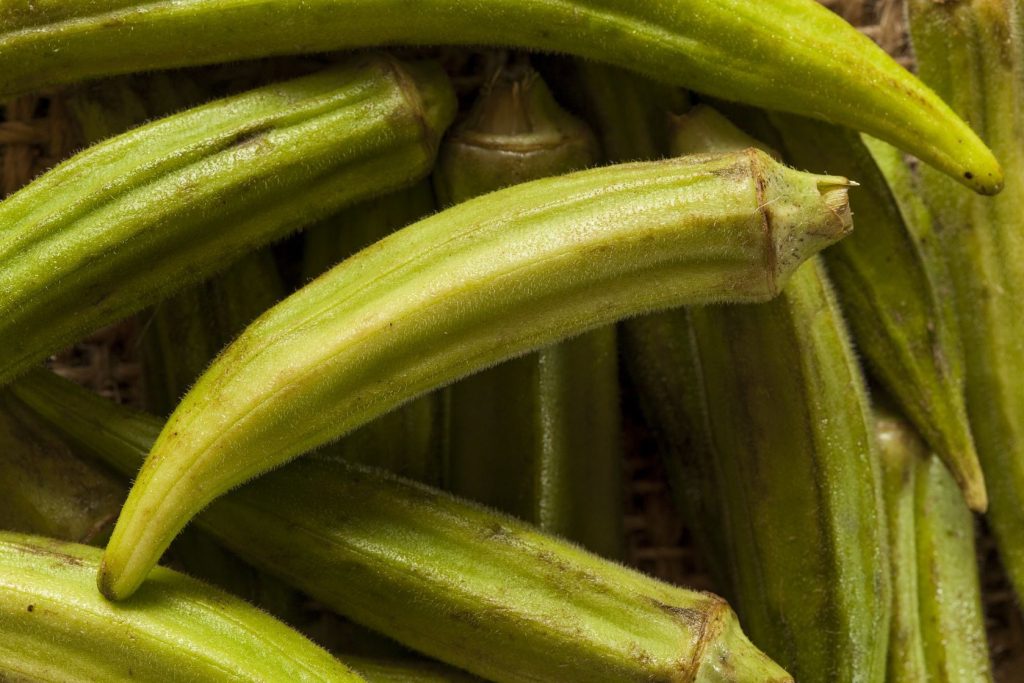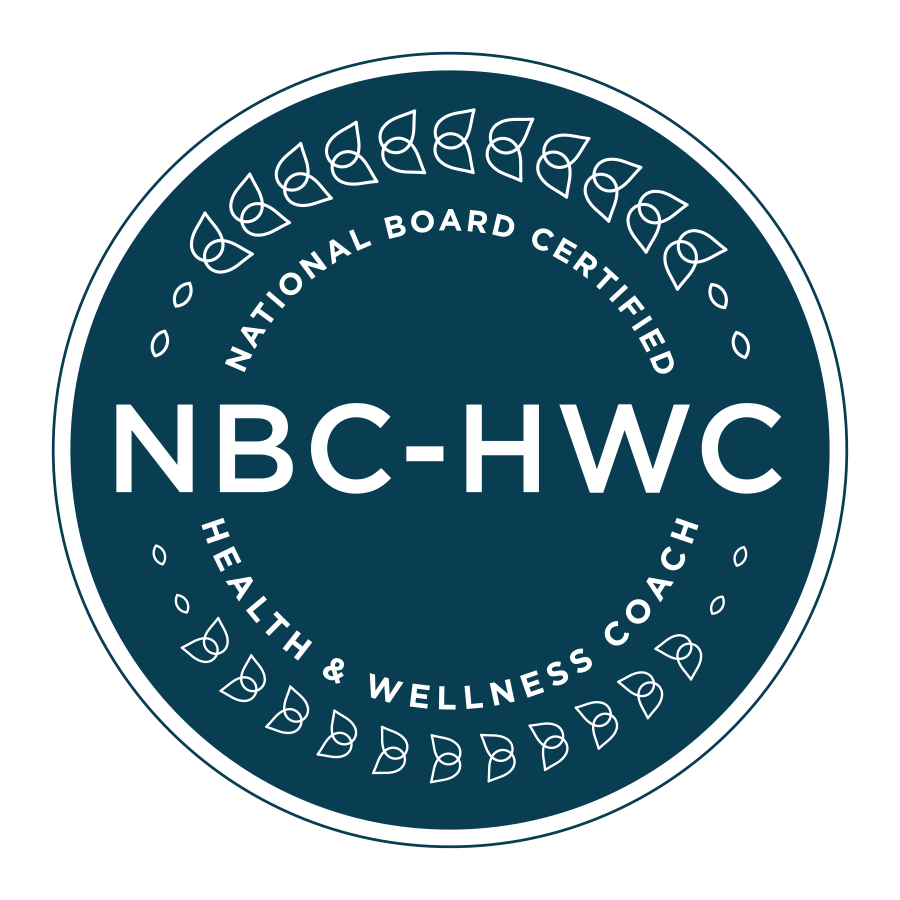Okra, also known as “Lady’s Finger,” is grown in warm and tropical regions of the world and is very popular in North-Eastern Africa, Asia, and the Caribbean. Even so, I believe okra may be the most disliked amongst vegetables because of its ‘slimy’ texture.
But let’s take a closer look at the health benefits of this vegetable including its mucilage (slimy) texture. Okra is a medicinal powerhouse, containing rich sources of phytonutrients and antioxidants to include: B vitamins, vitamin C, calcium, iron, zinc, potassium, lutein, magnesium, and beta carotene. Beta carotene is found in dark green and orange-yellow vegetables and is converted by the liver to Vitamin A. Additionally, okra is low in calories and high in fiber and folate. It also has insulin-like properties that make it ideal for those with diabetes.
Okra’s nutritional profile makes it a well-rounded vegetable that can support the body from top to bottom and inside and out. The following information will make it obvious just how important consumption of okra is to our total health and proper functioning of our bodies.
Nerves and Heart: Magnesium along with calcium strengthens the heartbeat. B vitamins support healthy nerve function.
Bones and Blood: Iron, B vitamins and vitamin C are important in red blood cell formation, proper blood clotting, red blood cell production and hemoglobin. Folic Acid aids in building strong bones. Fiber also helps lower serum cholesterol levels.
Eyes: Lutein, B vitamins and vitamin C protect the eyes from free radicals damage and macular degeneration.
Lungs: Vitamin A is needed to repair and protect lung tissue. B vitamins decrease inflammation in the lungs and vitamin C aids in healing inflamed lung tissue and fighting infection. Calcium may increase vital capacity of the lungs.
Stomach/Colon: Fiber increases bulk thereby easing constipation. The mucilage (slime) is needed to assist digested food through the colon and ease inflammation in the colon and stomach. Zinc repairs intestinal tissue, vitamin C and vitamin A heal intestines. B vitamins are needed for proper muscle tone in the digestive tract. Calcium aids in preventing colon cancer.
Liver: B vitamins are essential for normal liver function. Zinc protects the liver from chemical damage.
Kidney: Vitamin A promotes healing of the urinary tract lining; vitamin C acidifies urine, which helps prevents stone formation; and, zinc inhibits crystallization that leads to kidney stone formation. Magnesium can lower urinary oxalate, a mineral found in kidney stones.
Lymphatic and Immune Systems: Vitamin A, B vitamins, vitamin C, iron and zinc all support lymph tissue, neutralize free radicals, increase efficiency of the lymph system, and support immune function.
Skin: Vitamin A strengthens and heals skin tissue; B vitamins are important for healthy skin tone and improve blood flow to skin surface; and, vitamin C is necessary for collagen production. Zinc heals skin tissue and prevents scarring and supports oil producing glands in the skin.
I have immensely enjoyed eating okra this summer/fall season. However, you can purchase okra all year-round. Okra is best when fresh, young, firm, spot-free and organically grown. You can enjoy okra steamed, sautéed, boiled, stewed, pickled, and even sliced and fried in coconut oil. But to maintain its nutritional value, I recommend you stick with steamed or lighted sautéed okra. And, although most people believe that cooking or sautéing with olive oil is healthy, olive oil should not be heated at all. Heating olive oil destroys its delicate structure making it rancid and full of cancer- and disease-producing free radicals. Coconut oil, butter and ghee are all better-suited for cooking/heating.
A Healthy Dish of “Lady’s Finger”
Here is a great healthy dish that can be enjoyed anytime during the winter months. Enjoy!
6 ears of fresh corn (cut from the cob) or 1 pound of frozen corn
½ pound of fresh okra sliced. Frozen version can also be used.
½ white onion
1 small bunch of green onions
1 clove of fresh garlic (crushed)
1-2 strips of turkey bacon (optional)
1 stick of butter
1 tablespoon of coconut oil
2 teaspoon of onion power, garlic powder and salt and pepper to taste
Sauté corn, frozen or fresh okra and onions, garlic in butter and coconut oil over medium heat until tender.
Add ½ cup of water for added tenderness if needed.
Cook bacon separately then add drippings and bacon to the okra and corn dish, stir and season to taste.
Resources
Krohn, MD, Jacqueline and Frances Taylor, MA, Natural Detoxification: A Practical Encyclopedia, 2nd edition, Canada: Hartley &; Marks Publishers, 2000.
Lady’s Finger http://www.Nutrition-and-you.com
Sara Ding http://www.Juicing-for-health.com




